
As a site for field research and education
Modern ceramic artist Munemaro Ishiguro (1893-1968) spent his last years in his home studio Yase Toyo Kiln, where traces of his life can still be seen today. The Ishiguro family has entrusted Kyoto Seika University with the property and buildings for management purposes. Several hundred shards of pottery were found scattered around the noborigama (climbing kiln), indicative of Ishiguro’s relentless trial and error. The handful of successful pieces he made among numerous failures left a lasting impact in the field of ceramics. Munemaro Ishiguro was a foundational figure in modern ceramics and today, 50 years after his death, his legacy lives on as a site for field research and learning.
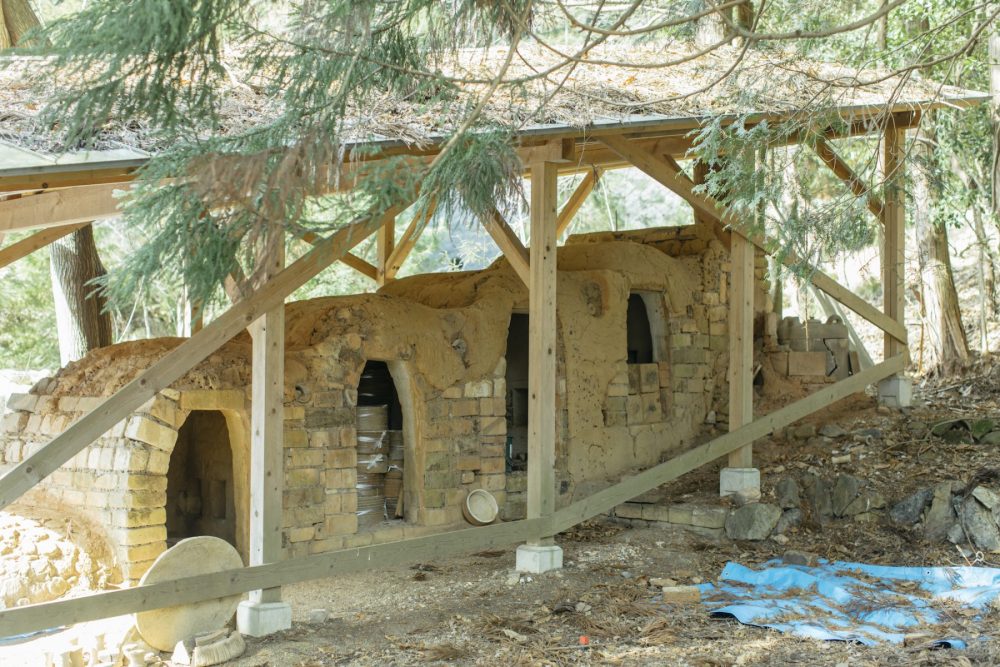
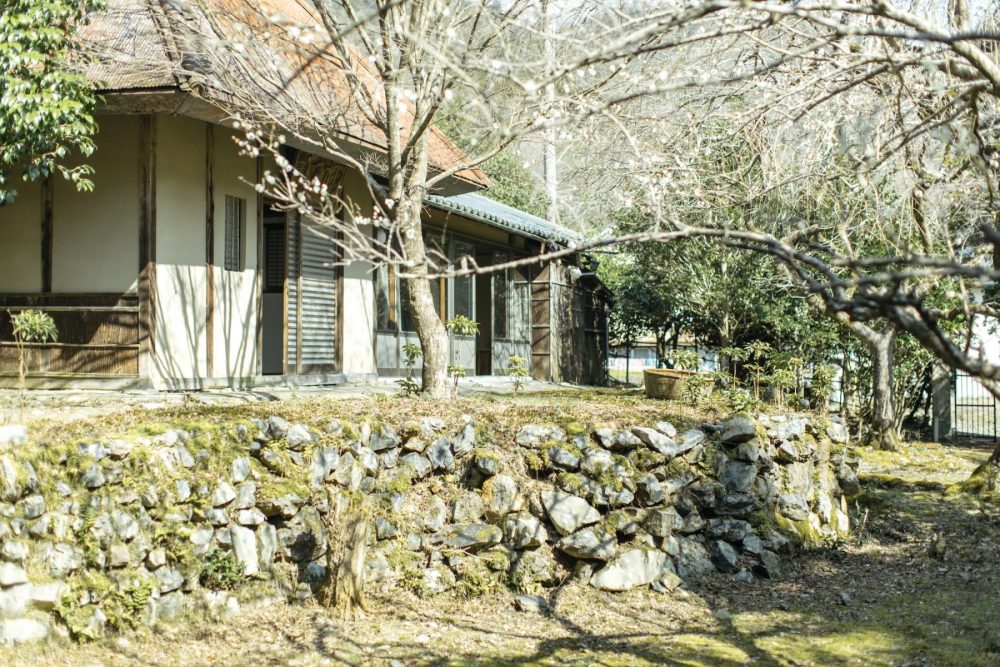
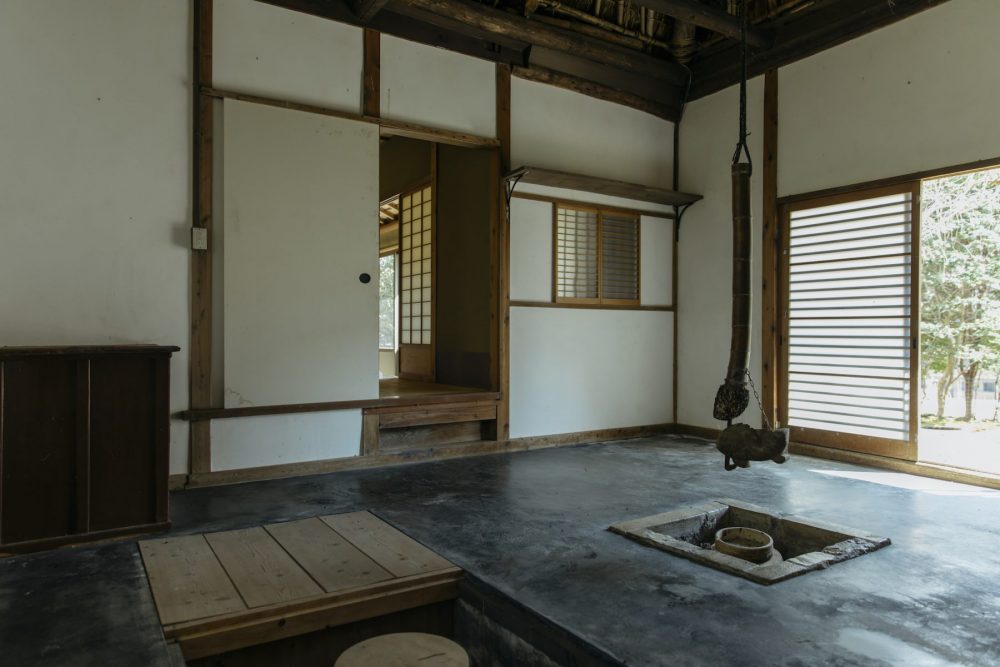

An investigation in 2018 uncovered a konoha-tenmoku-chawan or “leaf design tenmoku tea bowl" from inside the second chamber of the noborigama, presumed to be the artist's work. At the same time, facilities for kerosene kiln and raku (wood-fired) kiln were also found, shedding new light on Ishiguro’s ceramic practice.
- Munemaro Ishiguro 1893-1968
Munemaro Ishiguro was born in Izumi city, Toyama Prefecture in 1893 as the eldest son of a doctor. Around age 25 he made the decision to become a potter after discovering the beauty of yohen tenmoku bowls. He continued his ceramic practice, moving from Tokyo to Saitama and then to Kanazawa, and settling in Higashiyama ward, Kyoto in 1927. Instead of apprenticing with a master, Ishiguro worked alone researching techniques and learning from a wide range of East Asian antique pottery and porcelain pieces with a focus on the tenmoku glaze. He built a home studio in Yase, Kyoto, and began working there in 1936. In 1955 he was recognized as a holder of Important Intangible Cultural Property (Living National Treasure) for his iron glaze technique. In the following year, he established the Yase Toyo Kiln as a foundation for the education of young ceramists.
- Yase Toyo Kiln
Established in 1936 in Yase, Kyoto by Munemaro Ishiguro at the age of 43. Since then, Ishiguro lived and worked at this home studio until the last years of his life. Many kinds of trees and flowers were planted in the garden, giving a glimpse into the side of Ishiguro that deeply loved natural landscapes. The kiln has been under the management of Kyoto Seika University since 2003.
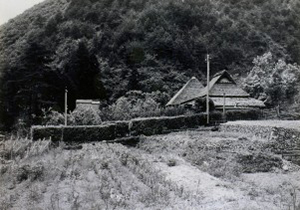
By courtesy of Imizu City Shinminato Museum
- Konoha Tenmoku Cup
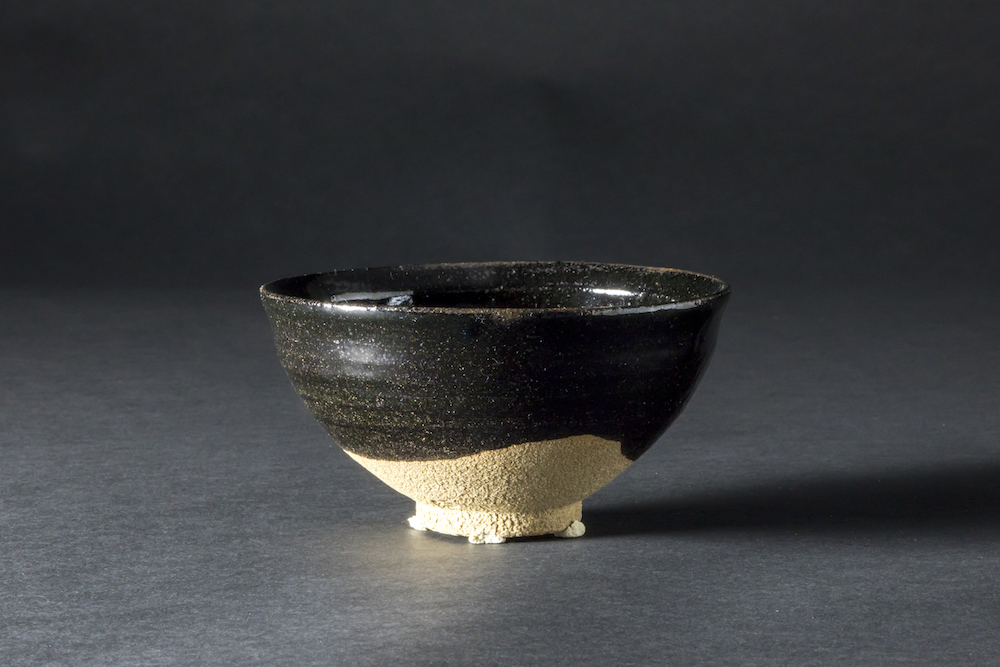
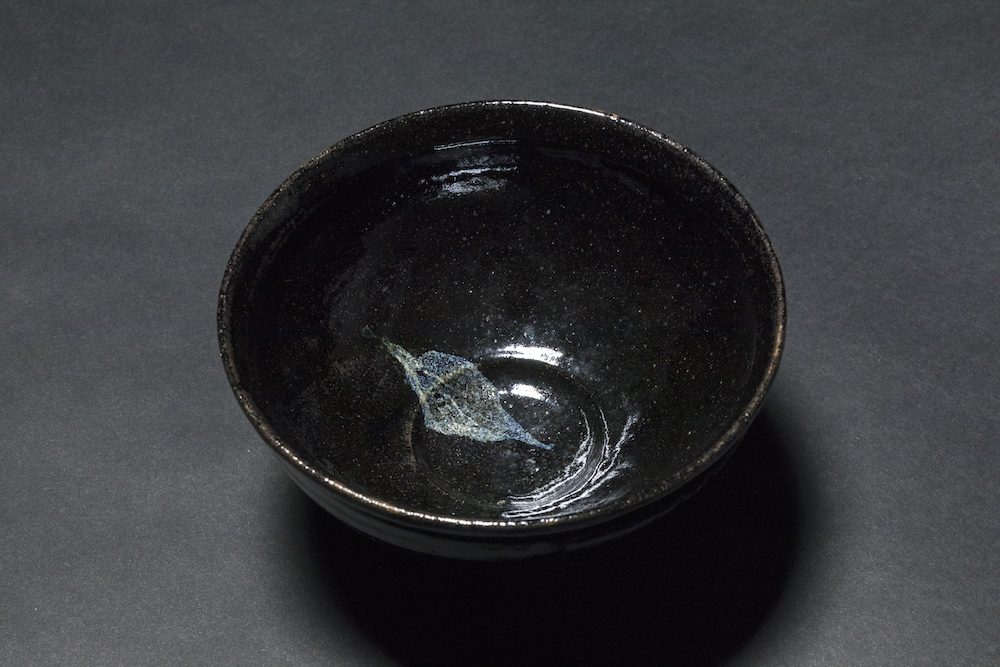
Photo by Nakajima Mitsuyuki